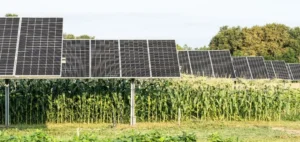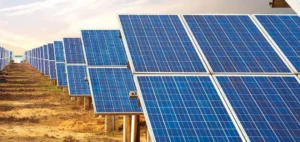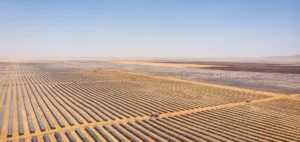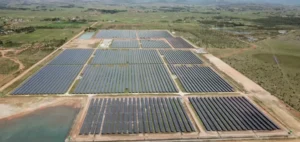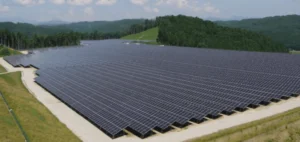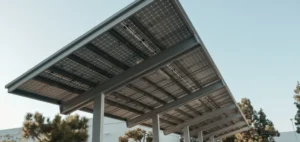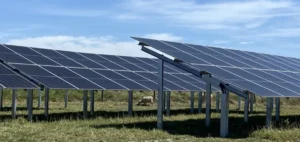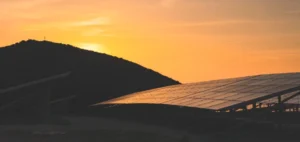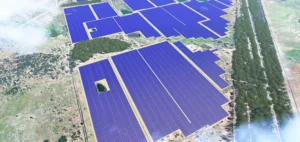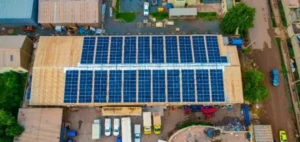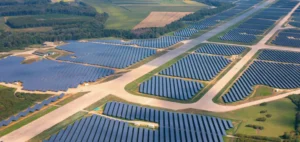Adani Solar aims to increase its production of solar modules in order to reduce India’s dependence on China.
The company plans to invest $20 billion over ten years.
Adani Solar plans $20 billion investment
Adani Solar is set to double its production capacity for solar photovoltaic modules in December 2021.
The plant, located in the state of Gujarat, currently has a capacity of 1.5 GW/year.
The new production line will increase this capacity to a total of 3.5 GW/year.
Eventually, Adani Solar will have a plant capable of producing 7.6 million units a year.
This project is part of the energy transition confirmed at COP26.
India aims to increase its renewable energy potential from 450 GW to 500 GW by 2030.
The country has 45.6 GW of solar capacity, out of a total capacity of 388.13 GW.
The Chairman of Adani announces a target investment of $20 billion in renewable energy production.
This investment will be carried out over the next 10 years.
Reducing Chinese imports
Currently, the majority of solar components are imported from China.
Developing domestic Indian production is therefore a priority.
The plant will be operational within three years.
The country also has the capacity to manufacture between 4.5 GW and 5 GW of solar cells.
The aim is to reach between 15 GW and 30 GW within three years.
Module production, currently at 10 GW, should reach 25 GW to 30 GW.
Adani hopes to benefit from the Indian government’s $601 million aid program in this field.
Price stability
Over the next 6 to 12 months, solar components will not see any price increases.
This is because China has new polysilicon production capacity, and freight prices are set to fall.
On the other hand, the price of a 540 W solar module has already risen by 25% year-on-year, and that of a solar wafer by 75%.
The increase in costs was partly passed on to Indian customers, combined with a fall in the company’s net income.
Domestic production is boosted by customs duties of 40% on modules and 25% on solar cells.
The government program should enable India to free itself from Chinese prices.



